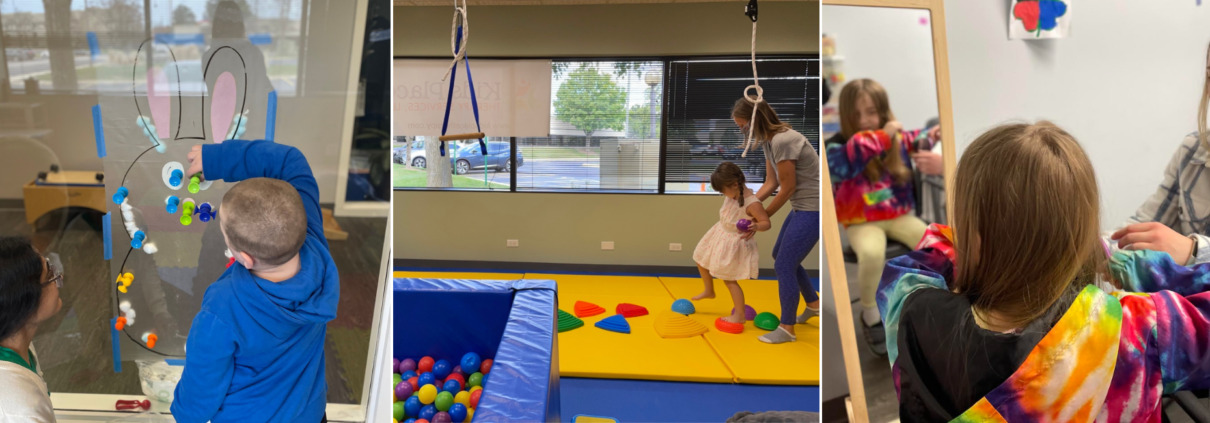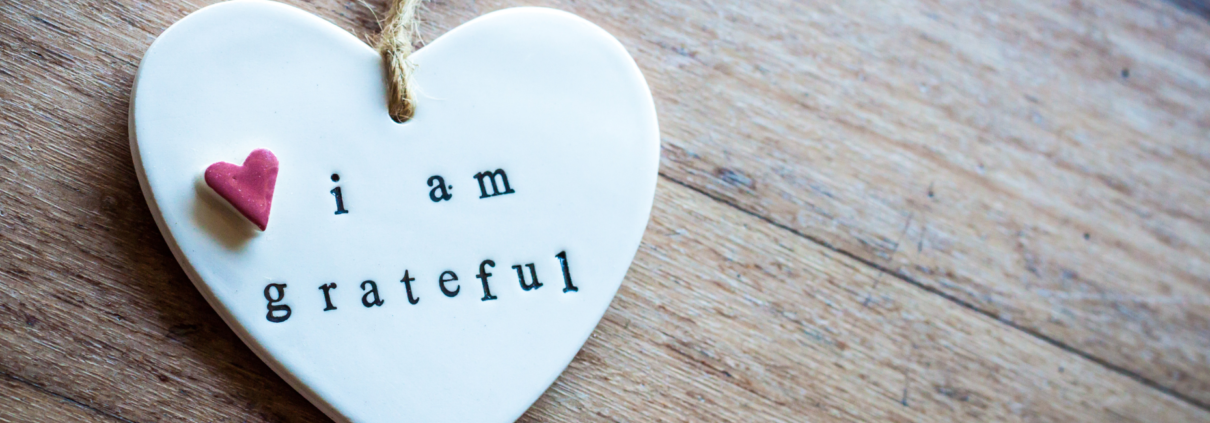May is Better Speech and Hearing Month! Nearly 1 in 12 U.S. children ages 3-17 have had a disorder related to voice, speech, language, or swallowing and it is estimated that only half of these kids have received any sort of treatment. Speech therapy is a vital tool to addressing these challenges, and early intervention can make a big difference on your child’s development.
So, what is Speech Therapy? Speech-language pathologists provide skilled treatment in many types of communication and swallowing problems with kids of all ages, from babies to teenagers. They address issues such as fluency, comprehension, cognitive communication, swallowing and feeding, and more, via a treatment plan tailored to the child’s unique needs.
Birth to 3 years is when the brain is most adaptable and there are many ways you can help your child with their speech development, including:
- Read books, talk, sing, and play together! While it may seem simple, these are super effective in boosting communication and strengthening social skills.
- Limit screen time when possible.
- Ask questions that include a choice. For example, “do you want to eat an apple or banana for snack time?”
- Narrate everyday tasks to help them learn new words.
- Point out colors and shapes.
A more expansive list can be found on the American Speech-Language-Hearing Association’s website. If you think your child would benefit from speech therapy, contact our office at (630) 347-1702 to see how we can help.
Sources:
- https://www.asha.org/about/press-room/quick-facts/#:~:text=Speech%20&%20Language%20Disorders
- https://www.asha.org/public/speech/development/activities-to-encourage-speech-and-language-development/?srsltid=AfmBOooHSD9h2Vh-8Krc0vGn_Ll_jNBKMVA-eTV7hCcGydEClELls79I






